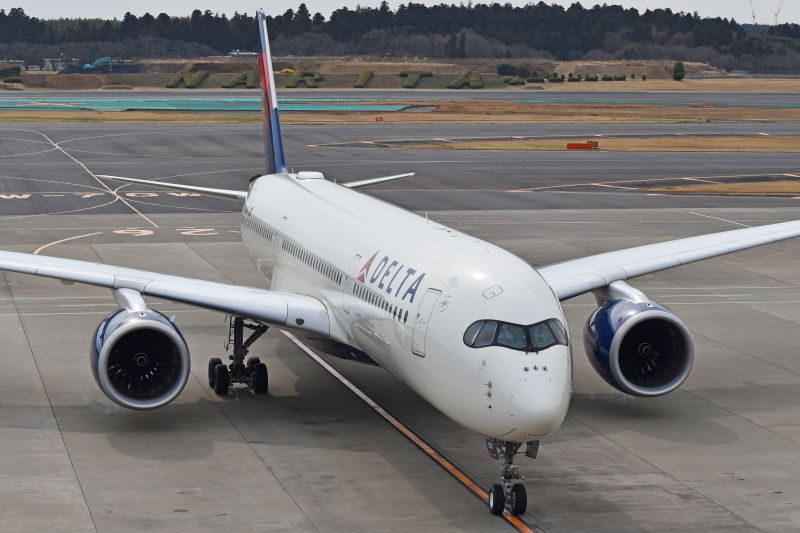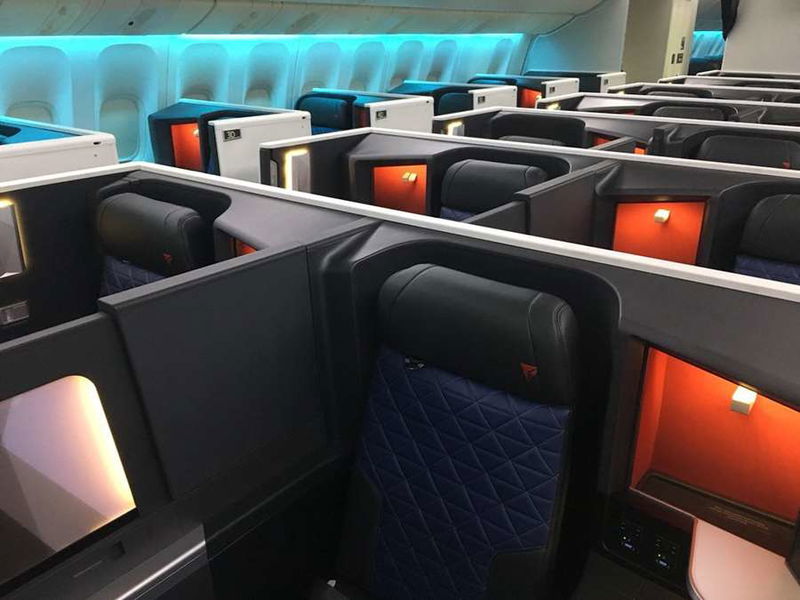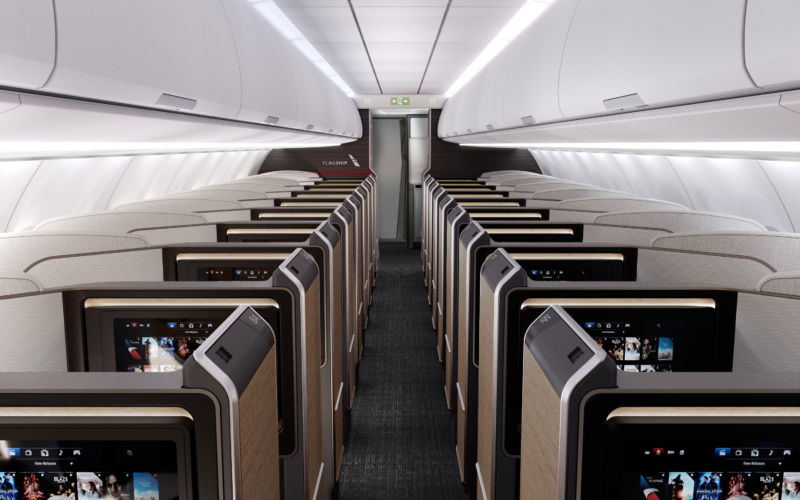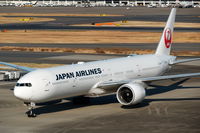Delta Air Lines Won’t Fly Narrowbodies Across The Atlantic

Featured image: Alan Wilson/Flickr | CC BY-SA 2.0 DE
Both American and United have been making a strong push towards using narrowbodies for its transatlantic flights. American has already started operating a number of training flights between the U.S. east coast and Scotland, while United has started stretching the wings of their MAX 8s, operating flights to the Azores and Madeira.
Both American and United each have 50 Airbus A321XLRs on order (American already taking delivery of one), planning to use these to operate the bulk of their transatlantic flights, leaving their widebodies for longer missions.
In Delta’s Q3 2025 earnings call, in response to a reporter’s question, the company’s President Glen Hauenstein said that Delta will not be going down the same path, and will continue using widebodies solely for its transatlantic flights.

“We’ve chosen not to fly narrow bodies in the transatlantic because of product and brand issues. And so we’re not going to go in that direction.”
Hauenstein said that based on Net Promoter Scores, Delta leads the pack when it comes to best-in-class products on transatlantic flights. Of course there is one exception to this, being their flights to Iceland, which are operated with their Boeing 757-200s. That’s certainly not on brand.
So, what’s Delta’s game plan? It seems they are banking on the fact that there is still a sizeable segment of travelers who prefer to fly on a widebody aircraft. Widebodies do come with some advantages including more space to move about, with washroom and galley spaces being less crowded.
On the other hand, the A321XLRs (and to some extent the MAX 8s) do offer cost savings (mind you with some weight restrictions). On top of that, both United and American are also offering 1-1-1 herringbone-style lie-flat business-class seats.

Now I could see why Delta might prefer to offer reverse-herringbone configured seating. With slightly better privacy, they also do feel a bit roomier unlike the herringbone seats which can sometimes feel like lying down in a coffin.
Unfortunately, those flying on Delta’s 767-300ERs won’t be able to enjoy the same as they have decided to maintain the forward-facing staggered seats. These are not particularly comfortable as they feel very odd to sit in when partially reclined, and footwell space is terrible when the seats are switched to into a lie-flat position.
There’s light at the end of the tunnel though as these 767s will be retired by 2030, and will be replaced by their newer A330neos and A350s.
I also feel like Delta is sticking to larger cities, while United in particular is trailing flights to smaller tourist destinations, banking on the fact that these flights are non-stop and may not cost an arm and a leg to get to.
I’d love to hear in the comments what you think Delta’s ultimate strategy here is given that there are a few inconsistencies with their plan.



